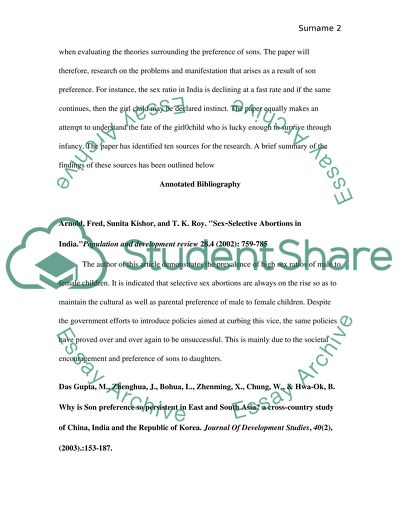Cite this document
(“Gender and International development, Research proposal Essay”, n.d.)
Gender and International development, Research proposal Essay. Retrieved from https://studentshare.org/gender-sexual-studies/1699506-gender-and-international-development-research-proposal
Gender and International development, Research proposal Essay. Retrieved from https://studentshare.org/gender-sexual-studies/1699506-gender-and-international-development-research-proposal
(Gender and International Development, Research Proposal Essay)
Gender and International Development, Research Proposal Essay. https://studentshare.org/gender-sexual-studies/1699506-gender-and-international-development-research-proposal.
Gender and International Development, Research Proposal Essay. https://studentshare.org/gender-sexual-studies/1699506-gender-and-international-development-research-proposal.
“Gender and International Development, Research Proposal Essay”, n.d. https://studentshare.org/gender-sexual-studies/1699506-gender-and-international-development-research-proposal.


